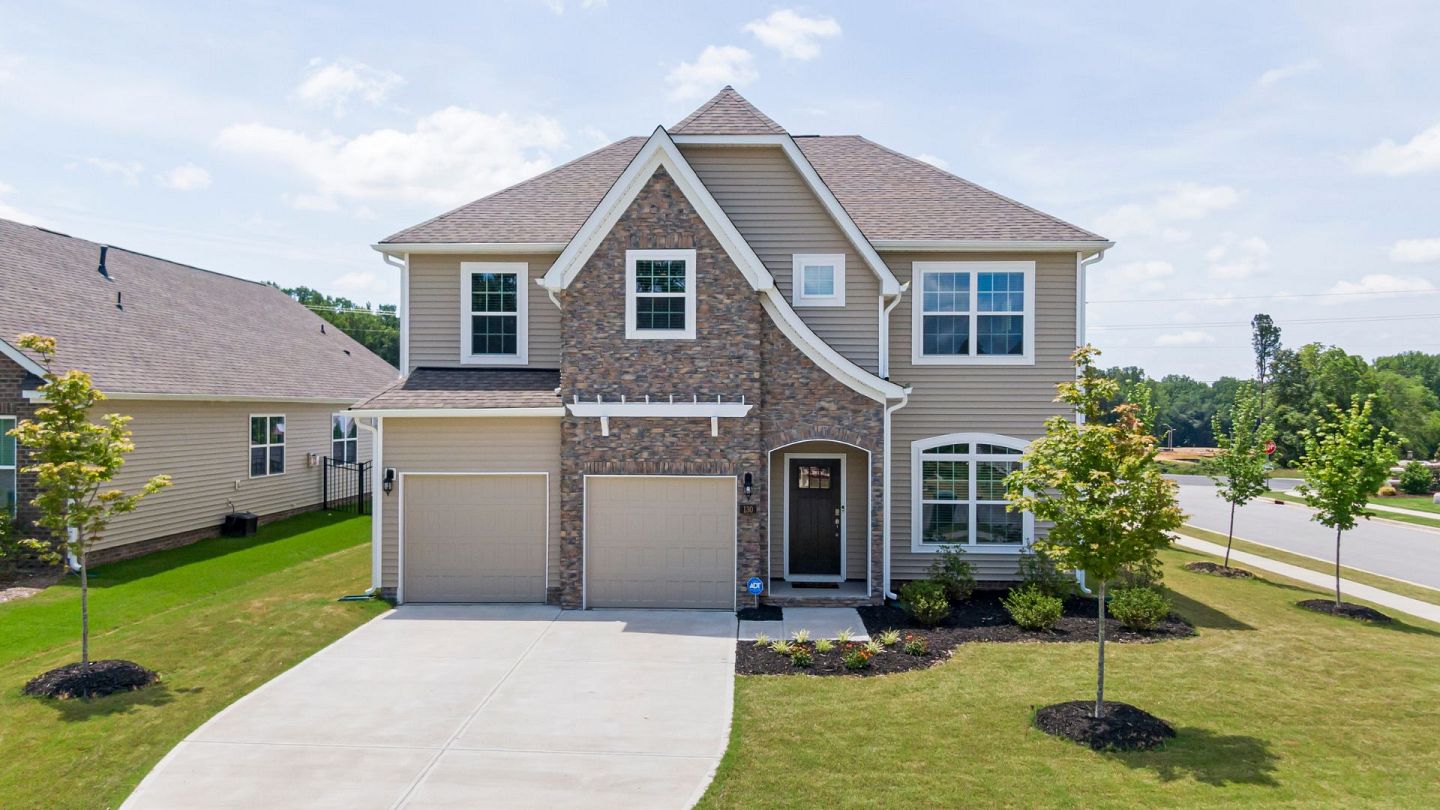European property market: Where have housing costs soared the most?
Between 2015 and 2024, house prices in the EU increased by 53%, with the cost tripling in some countries.
Higher building costs and mortgage rates, limited supply and the rise in house purchases as an investment created eye-watering price levels in certain countries across the EU. Hungary saw the biggest jump in prices, with dwellings costing three times as much as they did in 2015. Nowadays, an apartment in the country's capital, Budapest, is priced in the range, on average, from €250,000 to €1.5 million.Hungary is followed by Iceland, where prices are approximately 2.5 times what they were in 2015. In the capital region, in Reykjavík and six municipalities around it, dwellings are the most costly, with average purchase prices of around €558,000. According to the Bank of Iceland, as supply has grown and demand is softening, house prices are increasing at a slower pace, yet the year-on-year house price inflation was still 8% in March.Elsewhere in Europe, there was also a considerable rise in house prices over the last 9 years. Lithuania, Portugal, the Czech Republic, Bulgaria, Estonia and Poland all witnessed prices more than double. Meanwhile, at the bottom of the list, there is Finland, where property prices are not substantially higher than what they were almost ten years ago. However, there are big differences between the cost of dwellings in the rural areas and in Helsinki, for instance.According to Global Property Guide’s recent report, the downturn in the Finnish property market, which started in 2021 and saw prices collapse by 14% annually, has likely bottomed out. They expect the ongoing economic recovery to support a gradual increase in house prices, mainly newly built ones, as the second-hand dwellings’ price is expected to increase only marginally by 1-3% this year. Second-hand flats have an average price of €4,612 per square metre, driving the cost of a 75 sqm one to €345,900, but in Helsinki, this could be more like €4-500,000.Eurostat has no data for Greek house prices, but according to the Bank of Greece's Residential Property Index, prices are just above their 2008 level in urban areas.Outside of the EU, in Turkey, prices are 17 times what they were in 2015. In Istanbul, a two–bedroom apartment tends to cost around €120,000 nowadays. (It may seem like a good deal compared to Western European prices, but consumer prices are almost up 38% year-on-year and average gross salaries are slightly above €600 per month.)How much more affordable is renting a house?Renting a house or apartment also became a lot more expensive across Europe, even though they increased at a slower pace than prices. According to Eurostat’s latest available data, rents increased by 26.7% in the EU, between 2010 and Q4 2024.However, there were countries with rental prices increasing far beyond the average. Estonia saw the biggest jump in rental prices, which more than tripled(+212%) compared to their level in 2010), in Lithuania, renting became 175% more expensive and in Iceland, the prices grew by 120%. In Hungary, rental prices are more than double (+114%) what they were in 2010. Greece is at the bottom of this list, where rental prices are 13% cheaper in the same period. Meanwhile, in Turkey, rental prices are nearly 8.8 times what they were a decade ago, according to the latest OECD data.Housing costs - where are they the highest in the EU?Housing costs, including paying for utilities, also rose substantially in many EU member states.Between 2015 and March 2025, people in Estonia saw the biggest increase in their housing costs across the bloc. They paid slightly more than double what they did 10 years before.Estonia was followed by Poland and the Czech Republic, each recording housing costs around 180% of what they were in 2015.In the EU, on average, these prices increased by more than 40% over the same period.Within the bloc, the smallest rise was seen in Spain, just above 20%. However, Albania, which is in line to join the EU, saw an even smaller increase. When housing costs are compared to the EU average, Ireland is topping the list of the most expensive country, according to the latest data (2023) from Eurostat. In France and Germany, this cost was a bit more, in Italy and Spain, a bit less than the average in the EU. People in Malta and Hungary paid only two-thirds of the EU average, and Bulgarians were bottom of this list with slightly less than 40% of that.High rental and house prices are partially to blame for many young Europeans not being able to leave their parental home for years after they start working. According to Eurostat, young Europeans leave their parents’ home on average at the age of 26.3. This varies significantly between EU countries, from 21.4 years in Finland to 31.8 years in Croatia.Where did people invest the most in properties?In 2023, people in Cyprus invested the equivalent of 8.6% of the country's GDP in property, according to Eurostat. In Italy, this rate was 7%, slightly more than in Germany (6.9%) and France (6.4%).The lowest rate was recorded in Poland (2.2% of the GDP) and Greece (2.3%).The average investment in housing in the EU sat at 5.8% of GDP in 2023, roughly about one trillion euros.


